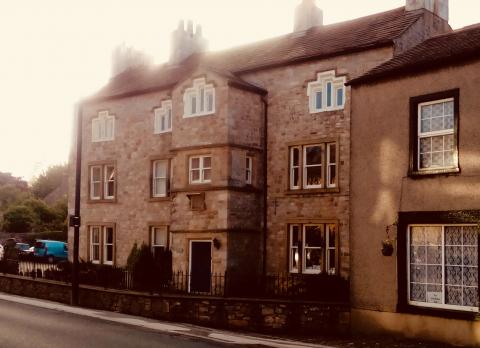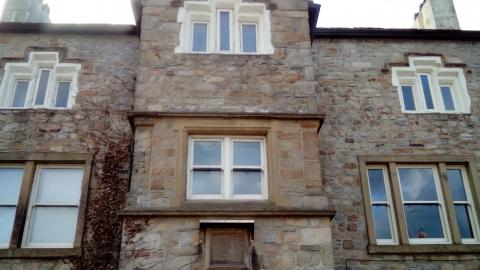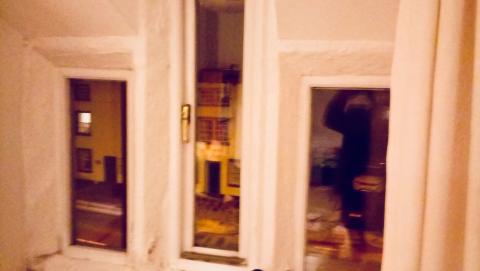Gisburn, Oliver Cromwell and the New Model Army

On 15th August 1648, the saints came to Gisburn. In the puritan parlance of the time, this referred not to dead Roman Catholic recipients of papal recognition but living, breathing Christians. 8600 foot and horse of the New Model Army, led by Lieutenant General Cromwell, passed through from Skipton on their way to Preston. They stayed the night, with Cromwell receiving hospitality from the Listers at Gisburne Park; the officers would have been billeted in the houses and inns of the village, and the men in tents in the fields nearby. The horses were stabled in the parish church, demonstrating both the army’s respect for their horse and distrust of institutional worship. Although the New Model Army in part relied on conscripts, many others had flocked to its banners because of their puritan piety and genuine desire to make England a godly and just commonwealth. Cromwell and most of his officers were convinced Congregationalists (called Independents at that time; the local church should be independent of outside control, with its congregation self-governing). Although the locals would have been mightily relieved when this mass of armed men took their leave, it will have been the biggest concentration of puritans Gisburn had ever witnessed. I’m sure General Cromwell would have smiled at the thought of an Independent church still existing a mile or so away from his camp, over 350 years later.

Although Gisburn is an ancient village, the only buildings still standing that the troopers would have seen are the parish church and what is now called Cromwell House. Its previous incarnation was the Ribblesdale Arms pub. Contrary to some websites’ statements, it wouldn’t have originally been built as a pub; so fine a building would have been a gentleman’s residence, not an alehouse. I had the privilege this week of entering the house, having often admired it from without. I’d arranged to catch up with the local vicar, whose vicarage, in part, it now is. His study is on the top floor, wherein the original mullion windows are preserved. He looked a little bemused when I asked to photograph his window sills. I imagined the original house’s servants who would probably have lived in the upper rooms, peering out at the thousands of men marching through the street below, waving their regimental banners and singing psalms. Perhaps the ubiquitous Hugh Peter, the New England Congregationalist army chaplain, preached encouragement as they passed. I also rather fancifully imagined some mid-ranking captain or major leafing through his Geneva Bible before he kipped down for the night in his borrowed bed. Within a few days of his stay, he may well have entered the heavenly rest of which he’d been reading, courtesy of a Scottish pike or royalist musket.
As saints of old still line the way,
Retelling triumphs of His grace,
We hear their calls and hunger for the day
When with Christ we stand in glory.

New Model Cavalryman, Royal Armouries, Leeds
Pikeman, Royal Armouries, Leeds
- Log in to post comments


 Sunday Worship 10.45am & 6.00pm
Sunday Worship 10.45am & 6.00pm